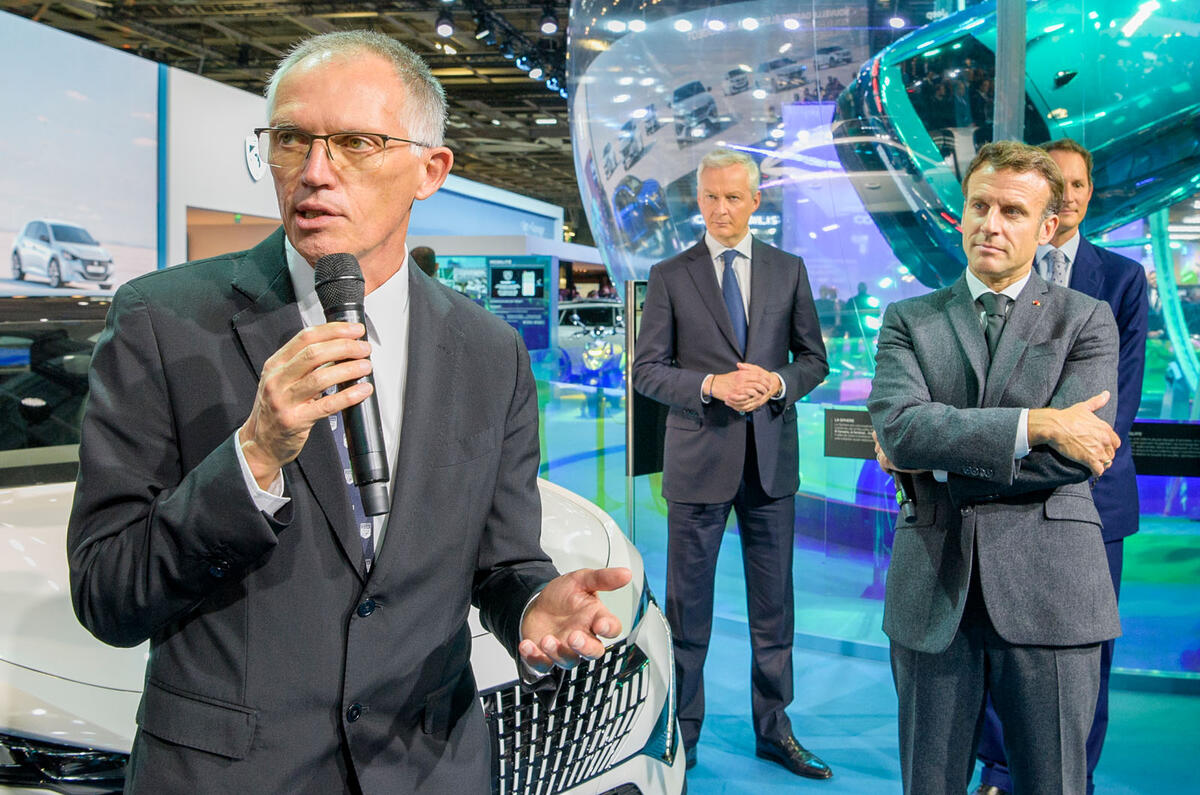The guy who did the extraordinary and stitched together 14 disparate car brands into a single company has announced his resignation.
Stellantis is facing its first major financial wobble since it was created in 2021 through the merger of the PSA Group (Peugeot-Citroën) and Fiat Chrysler Automobiles (FCA) but, even so, it’s hard to imagine the company without Carlos Tavares.
He had already decided to retire in early 2026, a decision made “after listening carefully to my wife and my kids”, but has already handed in his resignation and will leave the company with immediate effect.
The search continues for the successor to run a company that Tavares himself essentially created.
Ever since the Portuguese executive took over as CEO of PSA in 2014, he has played an outsize role in the global automotive industry.
This was the executive who made running a global car company look almost easy, and he delighted industry watchers by keeping up a running commentary as he applied his own spartan management style to whatever mess he found.
“The bad news is there is red ink everywhere. The good news is that it's obvious why,” Tavares said on his first public appearance as CEO of PSA, while sat next to the man ultimately responsible for the financial mess, Philippe Varin.
Tavares worked by cutting costs to expose the underlying profitability. “Treat company money as if your own” was the underlying motto to employees, as heating and air-con dials were turned low or even off throughout the expanding empire.
Tavares was applying lessons absorbed while working at the Renault-Nissan Alliance as right-hand man to Carlos Ghosn, 'Le Cost Cutter' himself.
His exit from Renault-Nissan was classic Tavares: he made it known publicly he wanted to be CEO. That was either going to result in an internal succession process to take Ghosn’s job or what actually happened: antagonise his boss to the point where he was forced out. But it also advertised Tavares’s ambitions to the world, hedging an otherwise risky bet.
Ghosn and Tavares both had an obsession with cost control but differed in their management approach. “Carlos Tavares prefers to let people compete; Carlos Ghosn had more control,” said one executive who worked with both men, speaking under condition of anonymity.
If Tavares learned his craft under Ghosn, in creating Stellantis he was fulfilling the dream of another industry titan: former FCA boss Sergio Marchionne.





Add your comment